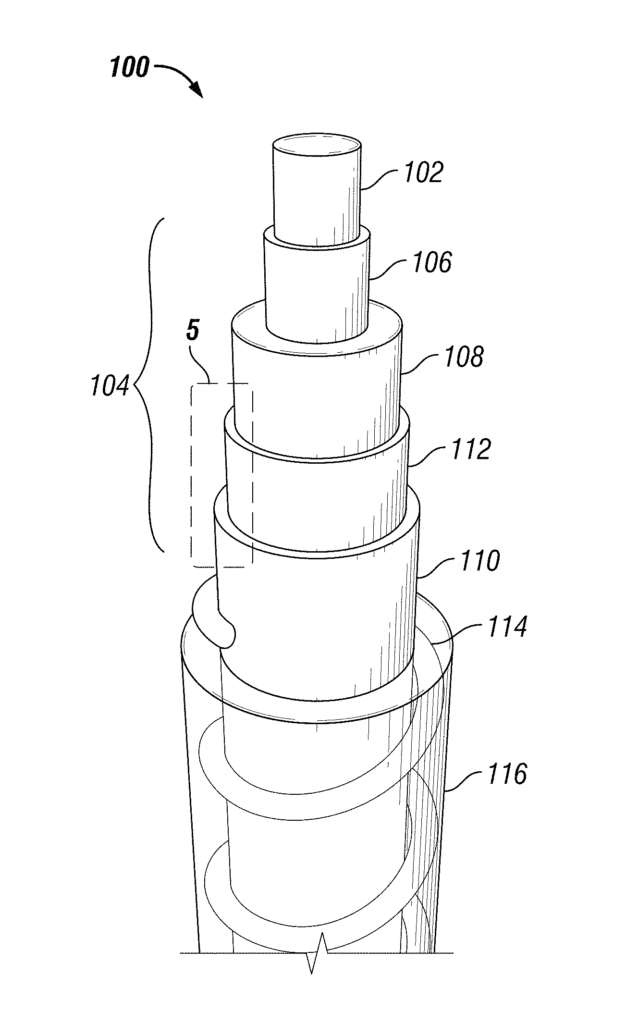Power the Future of Solar Energy with Breakthrough Carbon Nanotube Yarn Technology
Introduction
In the race to harness renewable energy, solar technology stands at the forefront, offering a sustainable solution to the world’s growing energy needs. Yet, even as solar panels become more widespread, the quest for higher efficiency, flexibility, and cost-effectiveness continues. Our patented “Dye-Sensitized Solar Cells Including Carbon Nanotube Yarns” (Patent #10141119) represents a pivotal leap in solar technology, merging cutting-edge nanotechnology with innovative design to create a solar cell that is not only efficient but also versatile and scalable.
The Challenge
Traditional silicon-based solar cells, while effective, have limitations. They are rigid, relatively expensive to manufacture, and require high purity materials and energy-intensive processes. As the demand for solar energy grows, so does the need for alternative technologies that can overcome these limitations—offering flexibility, lower production costs, and the ability to operate under a broader range of conditions.
The Solution
Our patent introduces dye-sensitized solar cells (DSSCs) that incorporate carbon nanotube (CNT) yarns—an innovative approach that redefines what solar cells can achieve. Here’s why licensing this technology can position your company at the cutting edge of solar energy:
- Enhanced Efficiency with Nanotechnology: Carbon nanotubes are renowned for their exceptional electrical conductivity and mechanical strength. By weaving these nanotubes into yarns and integrating them into the structure of dye-sensitized solar cells, this technology significantly enhances electron transport and reduces energy losses, leading to higher overall efficiency. This leap in performance can make solar power a more viable and attractive option across a broader range of applications.
- Flexibility and Versatility: Unlike rigid silicon-based cells, our DSSCs with CNT yarns are lightweight, flexible, and adaptable. This flexibility opens up new possibilities for solar energy integration—imagine solar cells that can be seamlessly embedded into fabrics, integrated into curved surfaces, or even applied to portable devices. This versatility positions your company to innovate across diverse industries, from wearable tech to architectural design.
- Cost-Effective Production: The manufacturing process for dye-sensitized solar cells is less resource-intensive compared to traditional solar cells, and the use of carbon nanotube yarns further reduces the need for expensive and rare materials. This cost-effectiveness allows for broader market penetration, making solar technology more accessible and appealing to consumers and businesses alike.
- Sustainability and Environmental Impact: As the world transitions towards greener energy solutions, the environmental impact of manufacturing processes is under increasing scrutiny. Our DSSCs not only provide renewable energy but do so with a smaller carbon footprint. The integration of carbon nanotubes—materials known for their durability and sustainability—ensures that these solar cells are built to last, reducing waste and the need for frequent replacements.
- Market Leadership and Innovation: Licensing this patent positions your company as a leader in the next wave of solar technology. By offering a product that is both technologically advanced and environmentally conscious, you align your brand with innovation and sustainability—key values in today’s market.
The Opportunity
The solar energy market is rapidly expanding, driven by the global push for sustainable energy solutions. By licensing our patented dye-sensitized solar cells with carbon nanotube yarns, you’re not just investing in a product—you’re investing in the future of energy. This technology offers you a unique opportunity to differentiate your brand, lead in innovation, and meet the growing demand for efficient, flexible, and cost-effective solar solutions.
Don’t just follow the solar revolution—lead it. License this technology today and power the future with cutting-edge solar innovation.

- Abstract
- Claims
We claim:
1. A dye-sensitized solar cell, comprising:
a hybrid sensitizer which comprises:
6. A method comprising:
7. A method comprising:
8. A flexible, wire-shaped dye-sensitized solar cell, comprising:
a hybrid sensitizer, comprising:
12. A method of manufacturing a dye-sensitized solar cell, comprising:
Share
Title
Dye-sensitized solar cells including carbon nanotube yarns
Inventor(s)
Okenwa I. Okoli, Jin Yan, Tarik J. Dickens, M. Jasim Uddin
Assignee(s)
Florida State University Research Foundation Inc
Patent #
10141119
Patent Date
November 27, 2018
